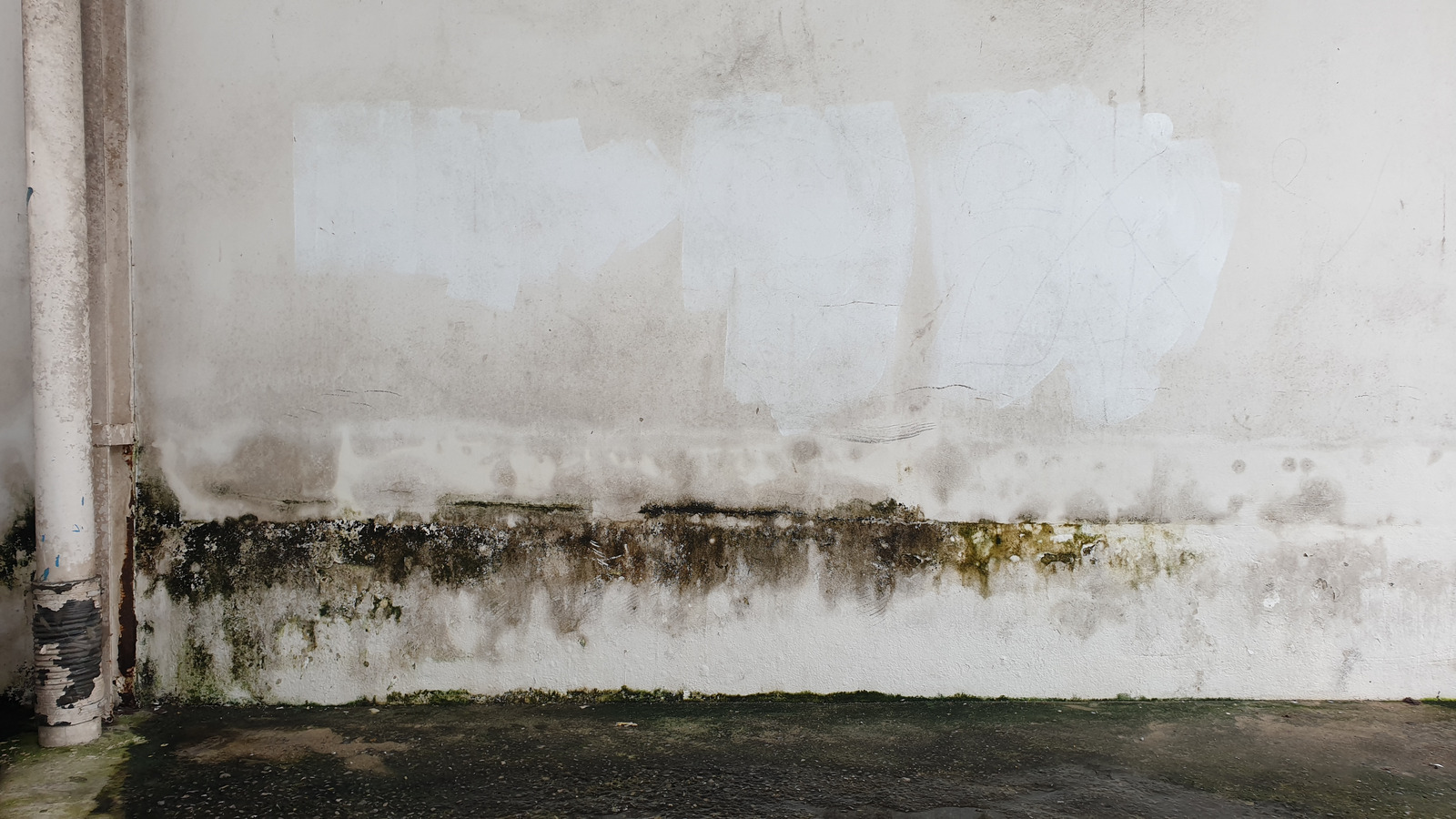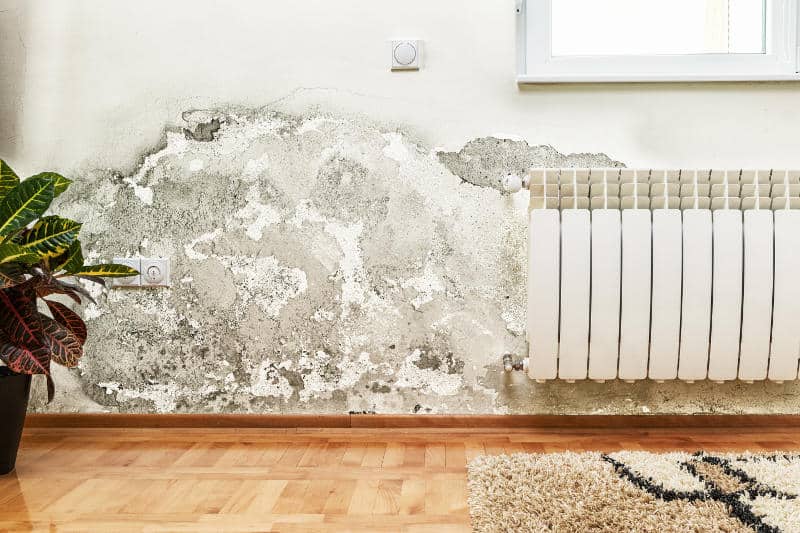This post following next about Water Stains on Walls is highly enjoyable. Read it for your own benefit and see what you think of it.

Water spots on walls are not pleasant to the eyes. Sometimes it appears nearly inescapable to experience water stains on walls in residences.
Property owners living in moist regions constantly deal with the concern of water stains on wall surfaces. With all-around and also precise info on the causes of water spots and also timely repair processes, you will certainly always be an action ahead of such events.
3 Common Root Causes Of Water Stains on Walls
Unlike popular belief, water discolorations on walls do not constantly originate from bad structure materials. There are a number of sources of water stains on wall surfaces. These consist of:
Damp
When warm moist air consults with completely dry cold air, it triggers water beads to form on the walls of structures. When there is steam from food preparation or showers, this takes place in bathrooms and kitchen areas. The water beads can stain the surrounding walls in these parts of your house and also infect other areas.
Moist or condensation influences the roof covering and also walls of buildings. This triggers them to show up darker than various other locations of the residence. When the wall is wet, it creates an appropriate atmosphere for the development of germs and fungi. These might have damaging results on health, such as allergies and breathing problems.
Poor Drain
This will certainly stop water from leaking into the walls. This links to too much dampness that you notice on the wall surfaces of your building.
The leading cause of damp walls, in this instance, can be a bad drainage system. It can likewise be due to inadequate administration of sewer pipelines that run through the structure.
Pipe Leaks
The majority of houses have a network of water pipes within the wall surfaces. This makes certain that the pipelines are well away from the reach of destructive rats. It always boosts the viability of such pipelines, as there is little oxygen within the walls. This inhibits rust.
Yet, a downside to this is that water leak affects the walls of the structure as well as creates widespread damages. A dead giveaway of faulty pipelines is the look of a water stain on the wall surface.
Pro Tip
A houseplant in your home additionally increases its humidity. If the residence is already damp, you might want to introduce houseplants with very little transpiration. An instance of suitable houseplants is succulents.
Water Spots on Wall Surface: Repair Tips
Property owners would typically desire a quick fix when dealing with water stains. They would certainly quickly realize this is counterproductive as the water stains recur. So, right here are a couple of helpful ideas that will certainly lead you in the repair of water spots on wall surfaces:
Conclusion
No one wants to have water stains on walls in their home, it can happen to the best of us. This article gives you leverage, as you currently recognize just how to manage this problem if it does take place.
It is constantly best to recruit expert services to help fix the problems in your house.
Often it appears practically unavoidable to experience water stains on walls in homes.
In contrast to preferred idea, water stains on walls do not constantly stem from inadequate structure materials. There are several reasons of water discolorations on wall surfaces. The water droplets can stain the bordering wall surfaces in these parts of your home and spread to various other locations.
Below are a couple of practical ideas that will guide you in the repair of water discolorations on walls:
CHECKING FOR WATER DAMAGE
Water damage can be costly, and it may begin before you even notice the first signs of trouble. Water damage can cause mold and mildew in your walls and floors, which can create an abundance of health concerns for your family. It can also lead to costly repairs of various appliances and general home fixtures. To avoid the pricey consequences of water damage, here are Warner Service’s top 5 places you should check:
The walls – The easiest place to spot the beginnings of water damage is on the walls and ceilings of your home. If water damage is present, there will most likely be water stains, especially around the windows and doorframes, and/or cracks in the drywall. If a stain looks unusual (discolored to brown, black or gray, raised texture), has a swollen appearance or is soft to the touch, contact a professional immediately. The pipes – To avoid water damage, consistently check the pipes in your kitchen (especially the dishwasher and ice maker), bathrooms, laundry room (specifically washing machines) and basement for corrosion, leaks and water stains. Pay special attention to where the pipes connect in your home and the location of caulking around the bathroom fixtures, including toilets, sinks, showers and tubs. Missing or loose caulking and grout could be signs of leaking water. This seepage can also quickly cause mold and rust, so double check your water heater and tank for wet spots on the floor. The floor – Water damage is very easy to spot on the floor. Look for any warping or buckling of the material, especially in the basement. If your home has wood flooring, look for bright white or dark stains. If your home has carpeting, keep it dry and clean. A damp carpet that smells of mold could cause water damage and health problems. To avoid this, consider installing floor pans under your appliances to help prevent damages from small, slow and undetected leaks. The basement and attic – If your basement or attic smells odd check for mold and mildew around the area, especially the valley where the roof meets. While you are inspecting those areas, check for wall cracks, floor stains, rust and dampness in the insulation. If you live in a colder and/or rainier climate, perform routine checks for water damage from melting snow or ice and rain. The exterior – Check the roof for damaged flashing and missing, cracked or curled shingles. There should also be no standing water anywhere outside your home. This could be caused by puddles, leaky rain gutters or hoses, poor drainage, or short gutter spouts. Invest in a sump pump system or water flow monitoring system, and perform routine maintenance on these outdoor appliances to avoid indoor water damage.

As an avid person who reads about , I think sharing that excerpt was a good thing. Kindly take the opportunity to promote this article if you enjoyed reading it. We appreciate reading our article about Water Stains on Walls.
Book Your Appointment